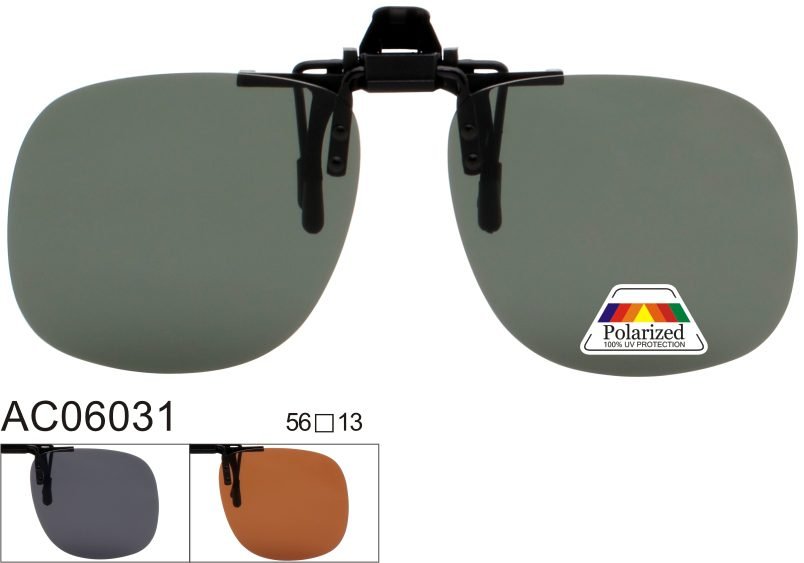
Ultraviolet (UV) monitoring is an innovative feature of smart sunglasses. Its core purpose is to sense the intensity of ultraviolet rays in the environment in real time and provide users with sun protection suggestions or health warnings. The following analysis is carried out from four dimensions: technical principles, implementation methods, application scenarios and limitations:
First, technical principle: How to sense ultraviolet rays?
Ultraviolet monitoring relies on UV sensors, whose working principle is based on the photoelectric effect or the response characteristics of semiconductor materials to photons of specific bands:
Photodiode type sensor
The photon energy is converted into an electric current signal through the sensitive characteristics of materials such as silicon-based or gallium nitride to the UV-A (320-400nm) and UV-B (280-320nm) bands.
The current intensity is positively correlated with the ultraviolet intensity and is converted into readable data after being processed by the amplification circuit.
Spectral selective filtering
The surface of the sensor is covered with a special coating, which only allows UV light of specific bands to pass through, avoiding interference from visible light or infrared rays and improving monitoring accuracy.
Signal calibration and algorithm compensation
The sensor needs to be cross-verified in combination with the data from ambient light sensors (such as visible light and temperature) to eliminate errors caused by clouds, shadows or lens reflections.
Second, implementation method: From data to user prompts
The complete process of ultraviolet monitoring function usually includes the following links:
Real-time data acquisition
The sensor continuously detects the UV intensity in units of mW/cm² or UV index (0-11+).
Data processing and classification
The built-in algorithm converts the original data into user-friendly classification standards (such as low/medium/high/extremely high), for example:
UV index 0-2: No protection required
UV index 3-5: Sunscreen with SPF15+ is required
UV index 6-7: A wide-brimmed hat and sunglasses are required
UV index 8+ : Avoid prolonged outdoor activities
User interaction design
Real-time information can be pushed through the LED indicator light on the temple, voice prompts or mobile phone APP. Some products can also be linked with sunscreen reapplication reminders.
Third, application scenarios: Why is ultraviolet monitoring needed?
Health protection
Excessive exposure to ultraviolet rays is a cause of diseases such as skin cancer and cataracts. Real-time monitoring can help users adjust their protective measures in a timely manner.
Sports and outdoor scenes
In high-altitude sports such as mountain climbing and skiing, the intensity of ultraviolet rays increases with altitude. The monitoring function can prevent acute light damage.
The needs of special groups
Children and patients with photosensitive skin diseases are more sensitive to ultraviolet rays and require more precise protective guidance.
Fourth, technical limitations and improvement directions
Sensor accuracy issue
Low-cost sensors may be affected by temperature and humidity, resulting in data drift. Improvement directions include the adoption of more stable materials (such as silicon carbide-based sensors) or the addition of self-calibration mechanisms.
Interference of lens material
Polarized lenses or coated lenses may weaken the UV signal. It is necessary to introduce the lens light transmittance compensation parameter in the algorithm.
User behavior dependence
The validity of the monitoring results depends on whether users take protective measures as prompted. In the future, it can be combined with smart wearable devices (such as smartwatches) to form a linked protection system.
Insufficient data visualization
The current prompts are mainly based on classification, lacking historical data trend analysis (such as daily cumulative UV exposure). Enhancing the functions of data recording and analysis can improve practicality.
Summary
The ultraviolet monitoring function, by integrating UV sensors and intelligent algorithms, provides users with a convenient sun protection management tool, especially suitable for people who frequently engage in outdoor activities. However, its accuracy is limited by the performance of the sensor and the material of the lens. In the future, continuous improvement is needed in terms of hardware stability, algorithm optimization and user interaction to achieve more precise health protection.
